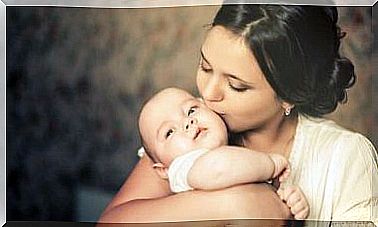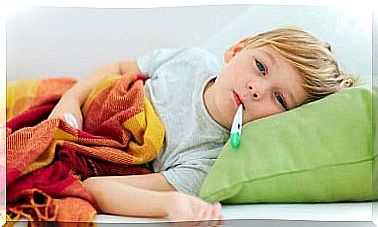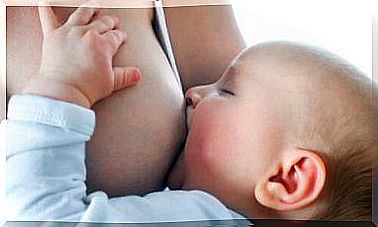Measures To Reduce The Risk Of Sudden Infant Death
There are some strategies that can help prevent sudden infant death syndrome, including breast-feeding the baby, letting him use the pacifier, making the temperature of the baby’s room very cool, vaccinating your child, putting the child to bed. belly down and share a room with the baby.
One of the most nerve-racking things that can happen to any mother or father is losing their child to Sudden Infant Death Syndrome (SIDS); the child, whose health leaps into view, is found dead in his bed.
This diagnosis is used when a child under the age of one year dies suddenly and an exact cause of death cannot be determined even after conducting a thorough medical and legal investigation, including an autopsy.
The statistics presented in the White Book of Sudden Death, released by the Spanish Association of Pediatrics, refer that in Spain around 900 infants die annually from SIDS.
This syndrome is also the leading cause of death for infants between 1 month and 1 year of age in the United States. Approximately 2,300 babies die from SMLS in the United States each year.
Sudden death most often affects babies who are between 1 and 4 months of age, and in 90% of cases babies younger than 6 months.
Why does it happen?
Most experts believe that when a baby has an underlying vulnerability (for example, an abnormal or immature functioning of the heart or respiratory apparatus), it is exposed to certain risk factors (such as sleeping on its stomach or in bed linen soft or padded) during a crucial period of its development.
But the truth is that they still don’t find the scientific basis to explain why children die suddenly. What is certain is that these are not isolated or infrequent facts, so a group of pediatricians has developed some strategies to prevent this syndrome from affecting their children.
One of them is to put the baby to sleep in the supine position, this means that the child must be on its back.
This contradicts what our mothers and grandmothers have always told us, recommending us to put the child to sleep on his stomach or side to prevent him from suffocating in the liquid of vomiting; and although some pediatricians continue to advise this, science says otherwise.
In 2000 the North American Academy of Pediatrics (AAP) revised its previous recommendations for reducing the risk of crib death: recent research has shown that the safest position for putting the baby to sleep is on the back .
When a baby sleeps on its stomach, it is more likely to rewarm, to have pauses in breathing, and to re-breathe freshly exhaled air, which is low in oxygen.
“A group of researchers found that babies who had died of sudden death had lower brain stalk serotonin levels than normal. Serotonin regulates breathing, heart rate and blood pressure while we sleep. Experts continue to study the brain, the autonomic nervous system and genetics looking for answers.”
– Journal of the American Medical Association –
The AAP Advice:
- Supine sleeping position (on your back).
- Use of a hard (mattress) surface.
- Increase or encourage breastfeeding.
- Share a room with the infant, but not the same bed.
- Vaccinate the baby.
Other recommendations
When considering the use of pacifiers, it is favorable as a protective factor against SIDS.
There is also a need to avoid soft blankets in the crib, pillows or blankets with a risk of suffocation, in addition to maintaining a suitable temperature, avoiding excessive heat in the room.
Avoid exposure to cigarettes, in all its forms: active, avoiding or not recommending that the pregnant woman smoke, and passive, that someone smokes in the environment where the child is.
Likewise, the consumption of alcohol and/or any other type of drug by the parents is inadvisable.
share the bed
One of the pediatricians’ recommendations is to share a room with the baby to pay more attention, but they do not advise sharing a bed, but this last point is still discussed.
There are cultures and experts that favor the child sleeping with the adult, usually in bed and with the mother, often and for many hours.
This is an ancestral practice that is widespread among humans and has ceased to be practiced in Western countries since the last 200 years, arguing, without evidence, that an early separation from the mother would favor greater autonomy for the child.
This custom is very ingrained in Japan, Hong Kong, Bangladeshi immigrants in London, in whose cultures the SIDS has very little incidence.
Some studies claim that bed-sharing improves the baby’s respiratory stability, oxygenation, thermoregulation, or temperature rise, and causes the baby to wake up at times synchronized with the mother’s.
Furthermore, it increases independence and improves the children’s psychological development and does not give rise to any of the intended behavior or personality problems.









